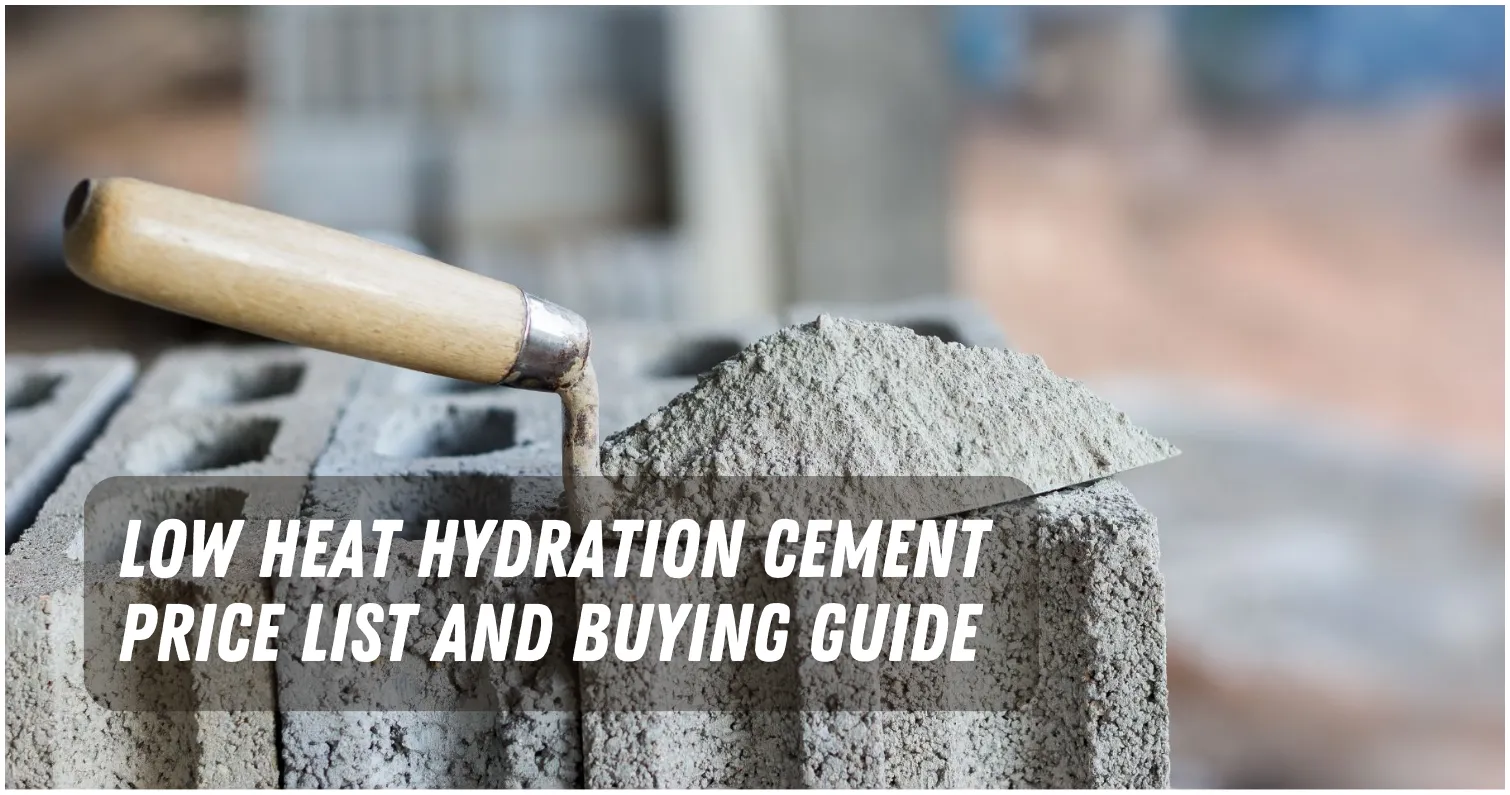Low heat hydration cement reduces thermal cracking in concrete at an affordable price.
It is a special kind of cement that doesn’t heat up as much when it hardens.
This makes it perfect for large concrete projects like dams, foundations, and retaining walls.
In this article, we will discuss what low heat hydration cement is, its uses, types, and the price list of low heat hydration cement in Philippines that usually ranges from ₱200 to ₱215.
What is Low Heat Hydration Cement?
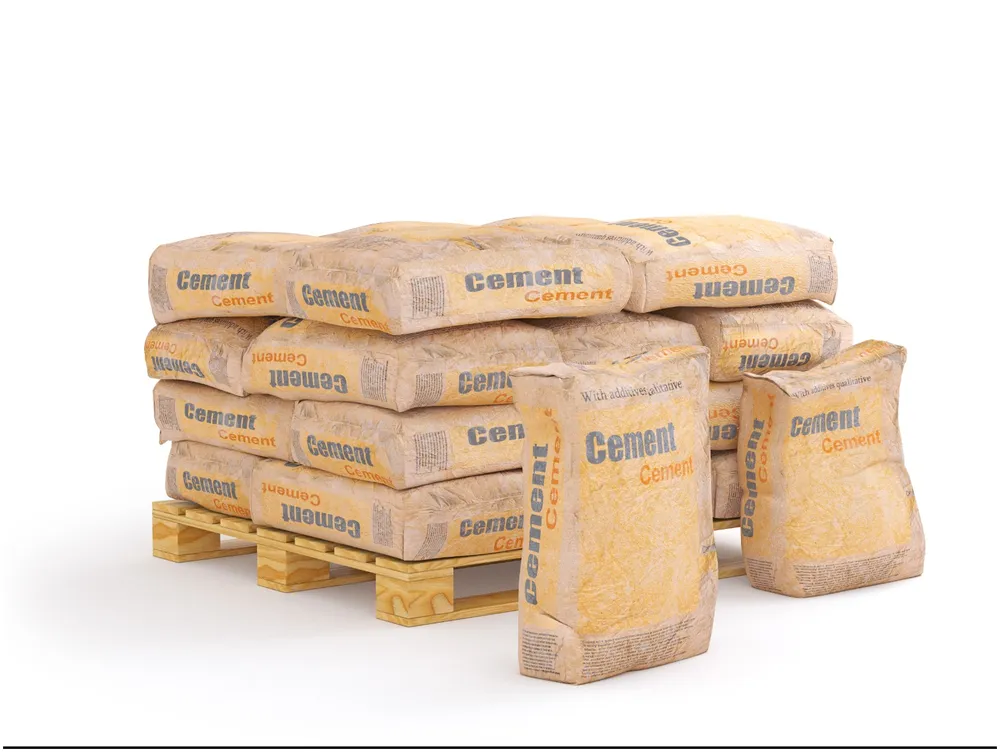
Low heat hydration cement is a change to regular Portland cement (OPC) that makes it produce less heat when it reacts with water.
We do this by changing the amounts of some cement compounds, like C3A and C3S, and increasing the amounts of others, like C2S and C4AF.
By doing this, the cement will make less heat during the hydration process, which will help keep the temperature of the concrete from going up.
Calcium silicate hydrate (CSH), an important part of concrete’s strength and bonding, is still a part of this modified cement.
While making less calcium hydroxide (CH), which is not good for strength.
Low Heat Hydration Cement Uses
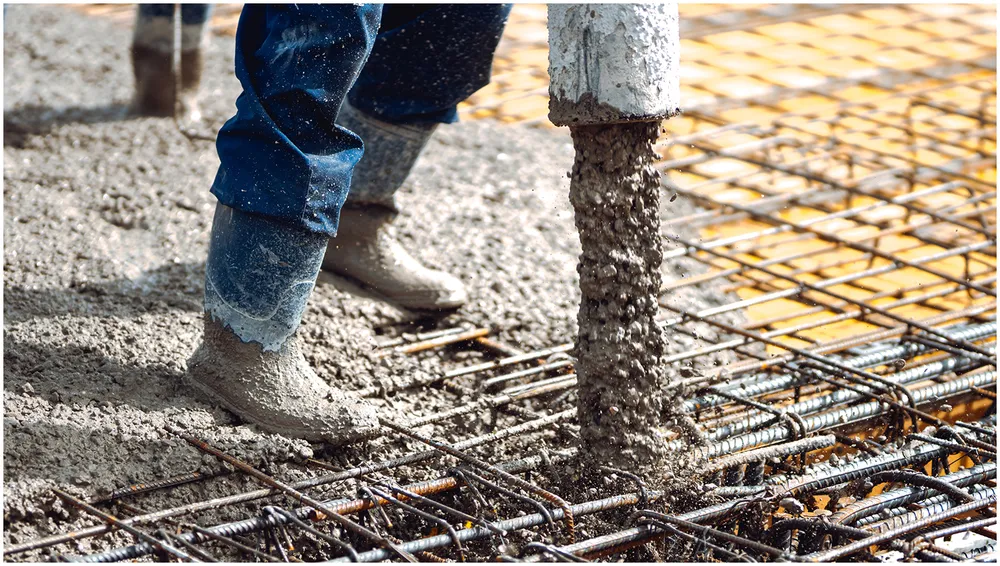
Low heat hydration cement is specifically used for large-scale concrete projects, where the concrete section is more than 1 meter thick.
In such projects, called mass concrete construction, the concrete cannot easily release the heat produced during the setting process.
This can lead to significant temperature increases inside the concrete, causing cracks due to thermal stresses.
Examples of structures that benefit from low heat hydration cement include:
- Dams: Low heat hydration cement prevents thermal cracking, improving dam performance.
- Bridges: Low heat hydration cement reduces deformations like shrinkage and creep, which could affect the bridge’s alignment and functionality.
- Retaining walls: Low heat hydration cement enhances the bond strength and overall durability of retaining walls.
Low Heat Hydration Cement Types
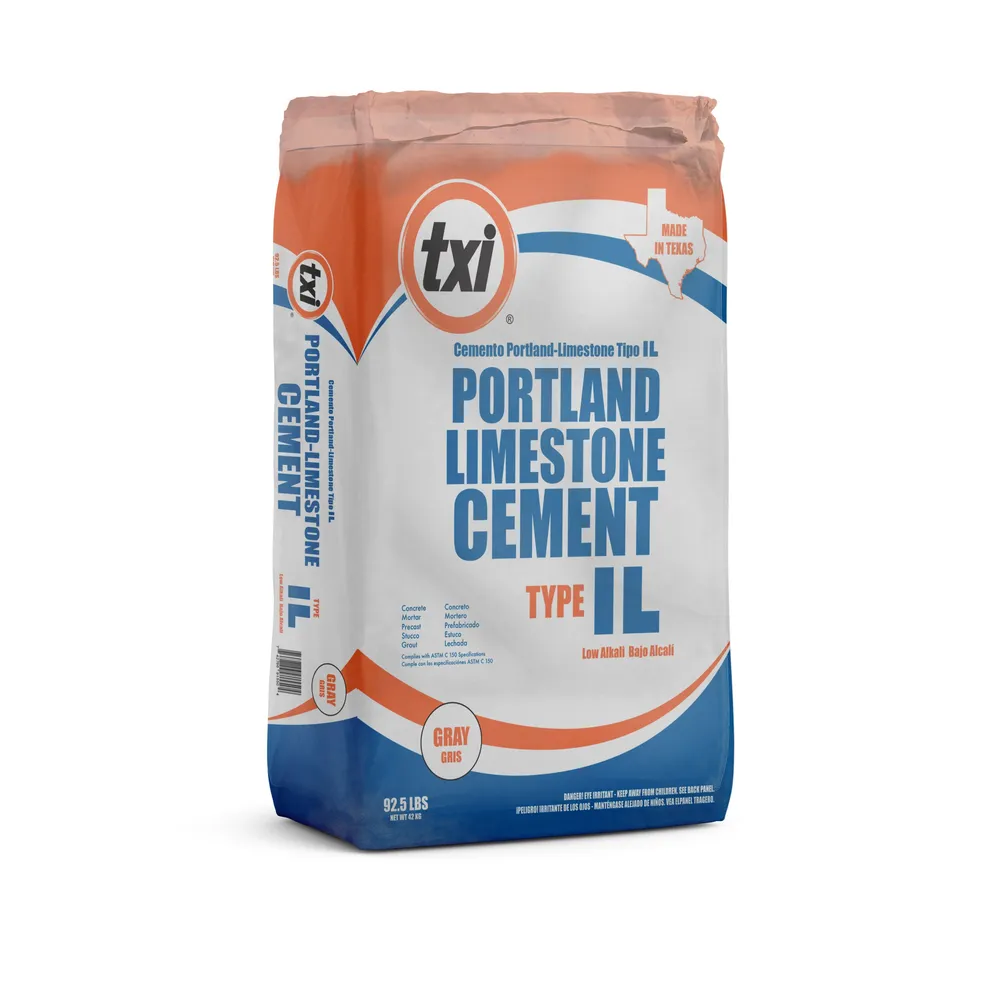
There are different kinds of low-heat hydration cement on the market, each made to meet the standards and requirements of a certain country or region. Here are a few common ones:
Type IV Portland Cement
This is a type of cement that meets the ASTM C150 standard for Portland cement in the United States.
The most C3A it can have is 7%, and the most C3S it can have is 35%.
At 3 days, it has a minimum compressive strength of 14 MPa, at 7 days it is 21 MPa, and at 28 days it is 28 MPa.
LH Cement
This type of low-heat-hydration cement meets the Australian standard AS 3972 for general-purpose and blended cements.
The most C3A it can have is 5%, and the most C3S it can have is 40%.
At 3 days, it has a minimum compressive strength of 10 MPa, at 7 days it is 20 MPa, and at 28 days it is 40 MPa.
PHL 42.5 Cement
This type of low-heat hydration cement meets the Philippines’ PNS 07 standard for Portland cement.
It can contain no more than 8% C3A and no more than 45% C3S.
At 3 days, it has a minimum compressive strength of 12 MPa, at 7 days it is 22 MPa, and at 28 days it is 42.5 MPa.
Low Heat Hydration Cement Price List
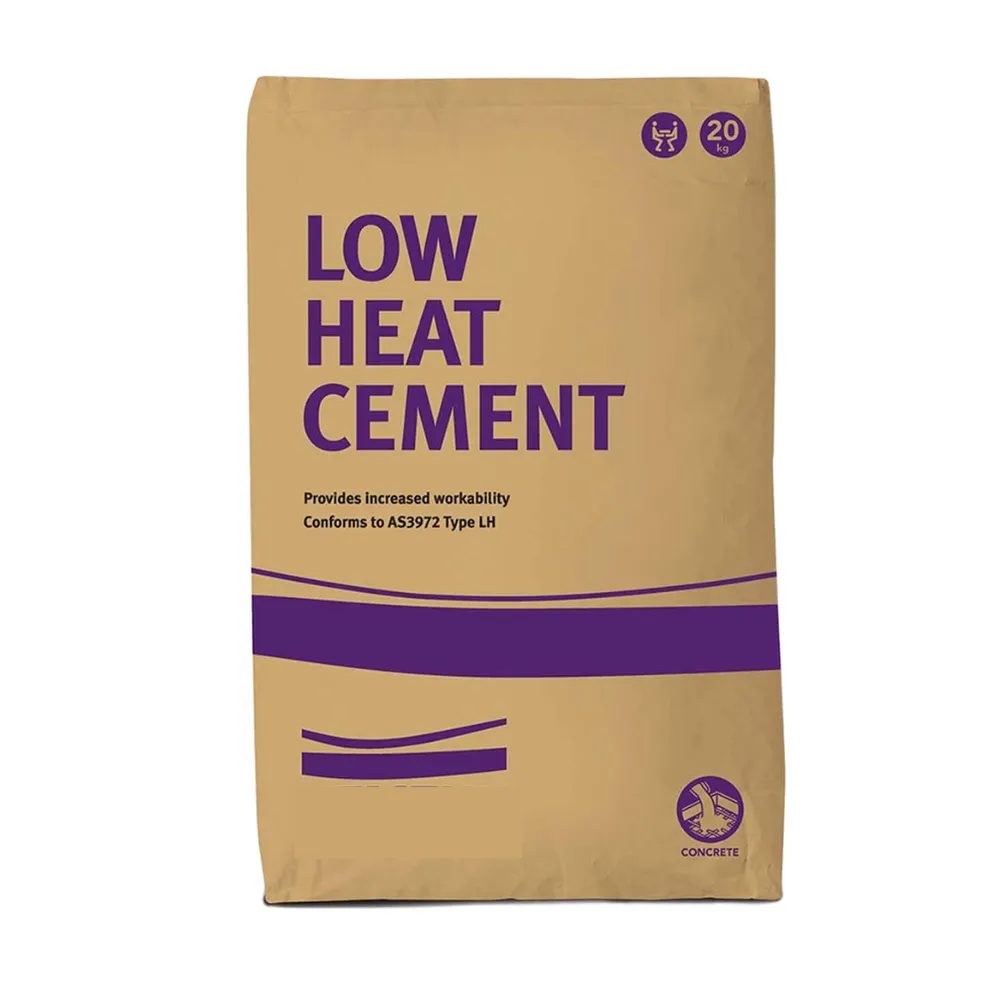
The price of low heat hydration cement may vary depending on the brand, quality, quantity, location, and availability.
Here are some indicative prices of low heat hydration cement in the Philippines:
| Brand | Type | Priceper 40 kg bag |
|---|---|---|
| Cemex | Type P Portland Cement | ₱200 |
| Eagle | Type P Portland Cement | ₱205 |
| Republic | Type P Portland Cement | ₱210 |
| Holcim | Excel Type P Portland Cement | ₱215 |
These prices are subject to change without notice and may not include delivery fees, taxes, or discounts.
For the most up-to-date and accurate prices of low heat hydration cement in the Philippines, it is best to talk to the suppliers or distributors directly.
Low Heat Hydration Cement Pros and Cons
Compared to regular Portland cement, low heat hydration cement has some pros and cons. Here are some of them:
Pros:
- It lessens the chance of thermal cracking and makes mass concrete structures last longer.
- It lowers the concrete’s highest temperature and the difference between the highest and lowest temperatures. This lowers the thermal stresses and strains.
- It makes the concrete stronger and makes it less porous, which makes it more resistant to attacks from water and chemicals.
- It decreases the amount that the concrete shrinks and moves, which makes the structure more stable and useful.
Cons:
- It has a lower early strength and builds strength more slowly than regular Portland cement, so it may need more time to cure and a higher temperature to cure.
- It is harder to work with and takes less time to set up than regular Portland cement, which may need more water and additives to get the right consistency and performance.
- It costs more and isn’t as easy to get as regular Portland cement, which could affect the project’s budget and schedule.
Things You Should Know about Low Heat Hydration Cement
Before you use low heat hydration cement for your project, you should know and think about things like:
- Which type of cement is low heat of hydration?
Type IV and Type V cements have a low heat of hydration because they don’t have as much C3A and C3S, which make most of the heat during hydration. - What is the minimum temperature for hydration of cement?
About 5°C is the lowest temperature at which cement can start to set. Below this temperature, the process of water absorption slows down a lot or stops. - Which cement has high heat of hydration?
Type III (high early strength) cement has high heat of hydration, as it has a higher content of C3A and C3S, which are responsible for most of the strength development during hydration. - Which low heat cement is used in retaining wall?
A retaining wall can be made with either Type IV or Type V low-heat cement, depending on how it will be used and how it was designed. - Why is heat of hydration important?
Heat of hydration is important because it affects how concrete behaves in terms of temperature, volume, strength, durability, and cracking. Too much heat can cause thermal stress, shrinkage, expansion, cracking, spalling, or deterioration in concrete.
We hope this article has helped you learn more about the price of low-heat-hydration cement in the Philippines and other related topics.
Please feel free to contact us or leave a comment below if you have any questions or thoughts. We appreciate you reading!
[ratings]